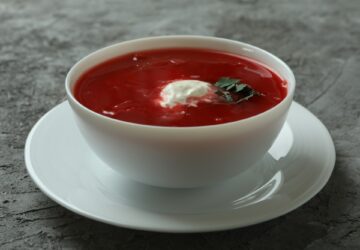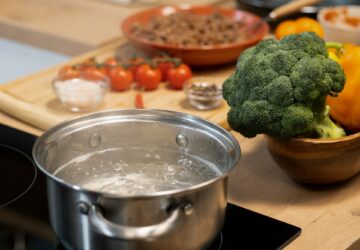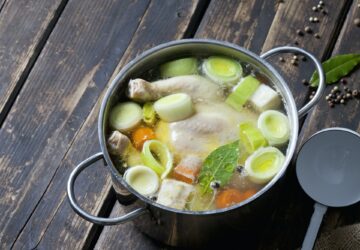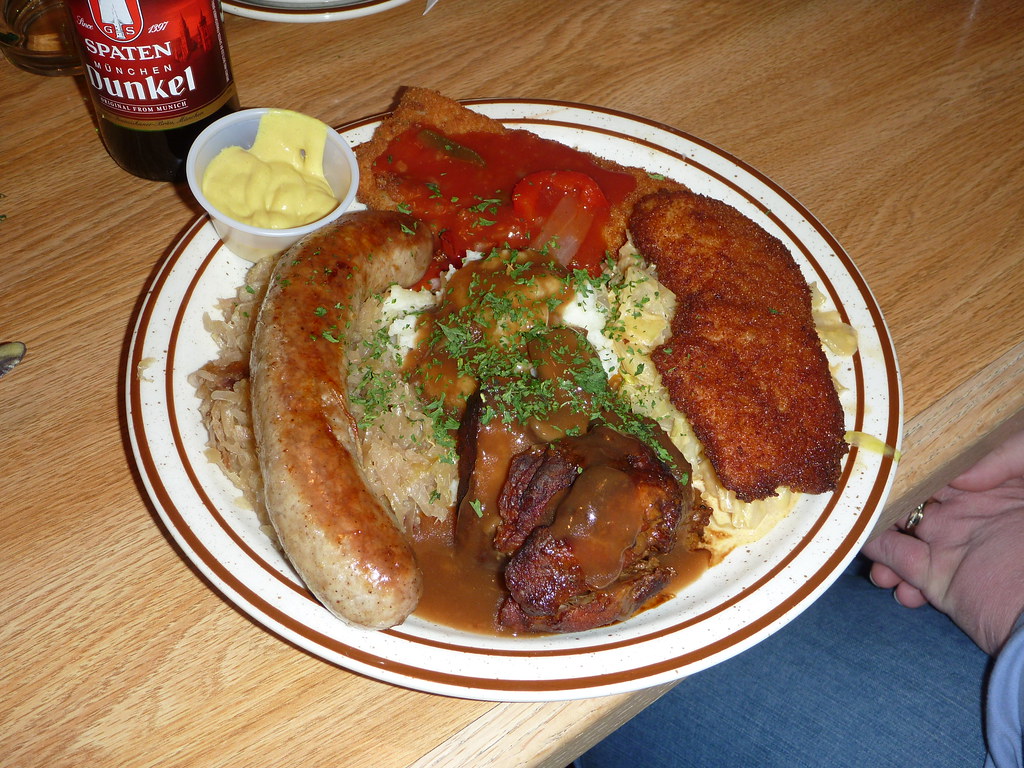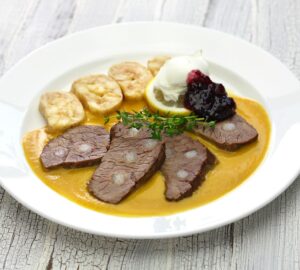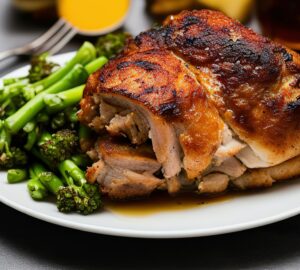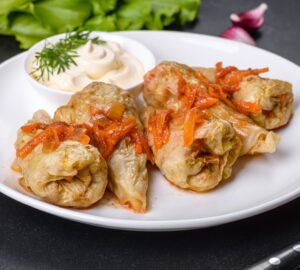German food is known for its hearty, comforting dishes that often feature meat, potatoes, and a variety of breads and pastries. The country’s culinary traditions have been shaped by its diverse landscape, regional influences, and historical events. In 300 words or more, let’s explore the rich tapestry of German cuisine.
Regional specialties are a cornerstone of German food culture. In the north, fresh seafood is abundant, with dishes like Fischbrötchen (fish sandwiches) and Matjes (pickled herring) being popular choices. The southern regions, such as Bavaria and Swabia, are known for their rich and hearty fare, featuring dishes like Schweinshaxe (roasted pork knuckle) and Maultaschen (large, filled pasta squares).
Sausages, or Wurst, are a quintessential part of German cuisine, with over 1,500 varieties available across the country. Some of the most famous sausages include Bratwurst (grilled or pan-fried sausage), Bockwurst (smoked sausage, usually made with veal and pork), and Currywurst (sausage sliced and topped with curry ketchup). These sausages are often accompanied by sauerkraut, a fermented cabbage dish, or potato salad.
Bread and pastries are also a significant part of the German culinary landscape. Germany boasts an impressive variety of breads, from dark rye and pumpernickel to lighter wheat and spelt loaves. In addition to bread, Germans are known for their love of pastries and desserts, such as Black Forest cake (Schwarzwälder Kirschtorte), a layered chocolate sponge cake with cherry filling and whipped cream, and Apfelstrudel, a flaky pastry filled with apples and spices.
German cuisine is not complete without mentioning its beer culture. Germany is famous for its beer purity law, the Reinheitsgebot, which has been in place since 1516 and states that beer may only contain water, barley, hops, and yeast. This law has led to a rich and varied beer culture, with popular styles like Pilsner, Weizen (wheat beer), and Bock.
Another staple of German cuisine is the potato, which was introduced to the country in the 18th century and quickly became a dietary mainstay. Potatoes are used in a variety of dishes, from Kartoffelsalat (potato salad) and Bratkartoffeln (pan-fried potatoes) to Kartoffelpuffer (potato pancakes) and Klöße (potato dumplings).
German food also embraces seasonal and festive culinary traditions. During Christmas, many Germans enjoy dishes like roast goose, duck, or carp, accompanied by traditional treats like Lebkuchen (spiced gingerbread cookies) and Stollen (a fruit and nut-filled bread). Oktoberfest, the world-famous beer festival held in Munich, features a variety of traditional German foods, such as pretzels, roast chicken, and Obatzda (a cheese spread made with Camembert, butter, and spices).
In conclusion, German cuisine offers a diverse and satisfying array of dishes that reflect the country’s regional influences and historical roots. From hearty sausages and comforting potato dishes to an impressive variety of breads and pastries, German food provides a flavorful and filling culinary experience.
